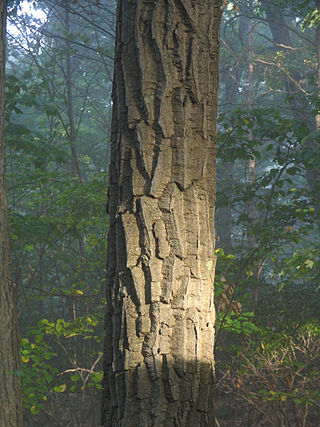
Tan is a pale tone of brown. The name is derived from tannum used in the tanning of leather.
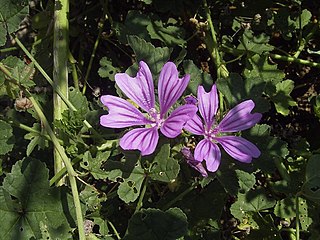
Mauve is a pale purple color named after the mallow flower. The first use of the word mauve as a color was in 1796–98 according to the Oxford English Dictionary, but its use seems to have been rare before 1859. Another name for the color is mallow, with the first recorded use of mallow as a color name in English in 1611.

Lavender is a light shade of purple or violet. It applies particularly to the color of the flower of the same name. The web color called lavender is displayed adjacent—it matches the color of the palest part of the flower; however, the more saturated color shown as floral lavender more closely matches the average color of the lavender flower as shown in the picture and is the tone of lavender historically and traditionally considered lavender by average people as opposed to website designers. The color lavender might be described as a medium purple, a pale bluish purple, or a light pinkish-purple. The term lavender may be used in general to apply to a wide range of pale, light, or grayish-purples, but only on the blue side; lilac is pale purple on the pink side. In paints, the color lavender is made by mixing purple and white paint.
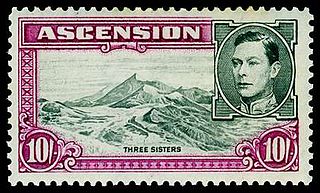
Red-violet refers to a rich color of high medium saturation about 3/4 of the way between red and magenta, closer to magenta than to red. In American English, this color term is sometimes used in color theory as one of the purple colors—a non-spectral color between red and violet that is a deep version of a color on the line of purples on the CIE chromaticity diagram.
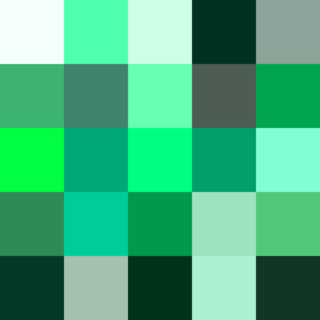
Spring green is a color that was traditionally considered to be on the yellow side of green, but in modern computer systems based on the RGB color model is halfway between cyan and green on the color wheel.

Amaranth is a reddish-rose color that is a representation of the color of the flower of the amaranth plant. The color shown is the color of the red amaranth flower, but there are other varieties of amaranth that have other colors of amaranth flowers; these colors are also shown below.
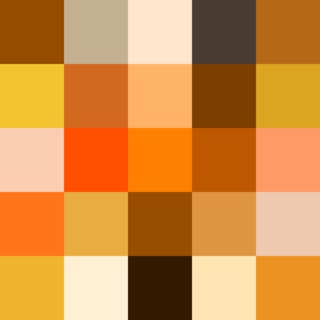
In optics, orange has a wavelength between approximately 585 and 620 nm and a hue of 30° in HSV color space. In the RGB color space it is a secondary color numerically halfway between gamma-compressed red and yellow, as can be seen in the RGB color wheel. The complementary color of orange is azure. Orange pigments are largely in the ochre or cadmium families, and absorb mostly blue light.
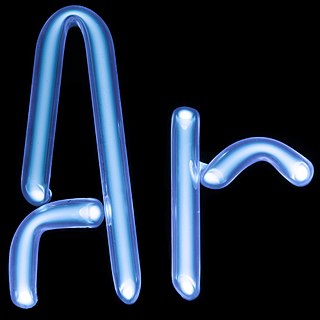
Electric blue is a color whose definition varies but is often considered close to cyan, and which is a representation of the color of lightning, an electric spark, and the color of ionized argon gas; it was originally named after the ionized air glow produced during electrical discharges, though its meaning has broadened to include shades of blue that are metaphorically "electric" by virtue of being "intense" or particularly "vibrant". Electric arcs can cause a variety of color emissions depending on the gases involved, but blue and purple are typical colors produced in the troposphere where oxygen and nitrogen dominate.

Varieties of the color green may differ in hue, chroma or lightness, or in two or three of these qualities. Variations in value are also called tints and shades, a tint being a green or other hue mixed with white, a shade being mixed with black. A large selection of these various colors is shown below.

Varieties of the color red may differ in hue, chroma, lightness, or in two or three of these qualities. Variations in value are also called tints and shades, a tint being a red or other hue mixed with white, a shade being mixed with black. A large selection of these various colors are shown below.
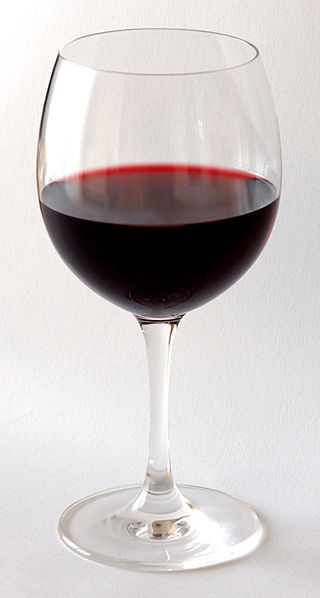
The color wine is a dark shade of red. It is a representation of the typical color of red wine.

The color magenta has notable tints and shades. These various colors are shown below.
Livid is a medium bluish-gray color. This color name comes from the Latin color term lividus meaning "'a dull leaden-blue color', and also used to describe the color of contused flesh, leading to the English expression 'black and blue'". The first recorded use of livid as a color name in English was in 1622.
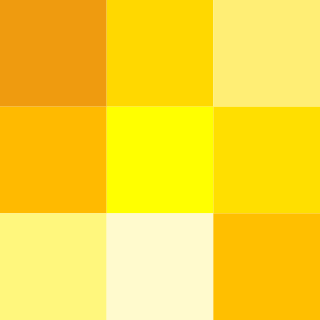
Varieties of the color yellow may differ in hue, chroma or lightness, or in two or three of these qualities. Variations in value are also called tints and shades, a tint being a yellow or other hue mixed with white, a shade being mixed with black. A large selection of these various colors is shown below.

Varieties of the color blue may differ in hue, chroma, or lightness, or in two or three of these qualities. Variations in value are also called tints and shades, a tint being a blue or other hue mixed with white, a shade being mixed with black. A large selection of these colors is shown below.

Variations of gray or grey include achromatic grayscale shades, which lie exactly between white and black, and nearby colors with low colorfulness. A selection of a number of these various colors is shown below.
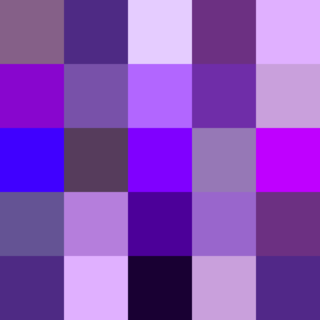
Violet is a color term derived from the flower of the same name. There are numerous variations of the color violet, a sampling of which are shown below.
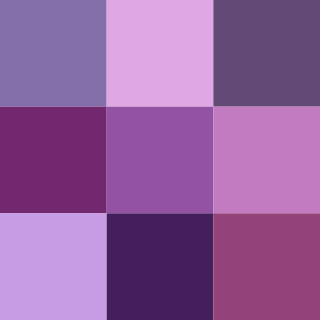
There are numerous variations of the color purple, a sampling of which is shown below.
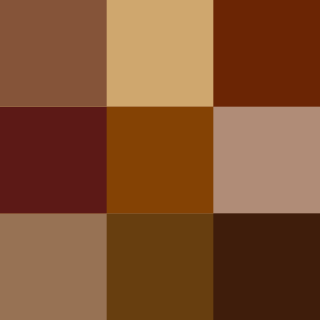
Shades of brown can be produced by combining red, yellow, and black pigments, or by a combination of orange and black—illustrated in the color box. The RGB color model, that generates all colors on computer and television screens, makes brown by combining red and green light at different intensities. Brown color names are often imprecise, and some shades, such as beige, can refer to lighter rather than darker shades of yellow and red. Such colors are less saturated than colors perceived to be orange. Browns are usually described as light or dark, reddish, yellowish, or gray-brown. There are no standardized names for shades of brown; the same shade may have different names on different color lists, and sometimes one name can refer to several very different colors. The X11 color list of web colors has seventeen different shades of brown, but the complete list of browns is much longer.

Rose is the color halfway between red and magenta on the HSV color wheel, also known as the RGB color wheel.






